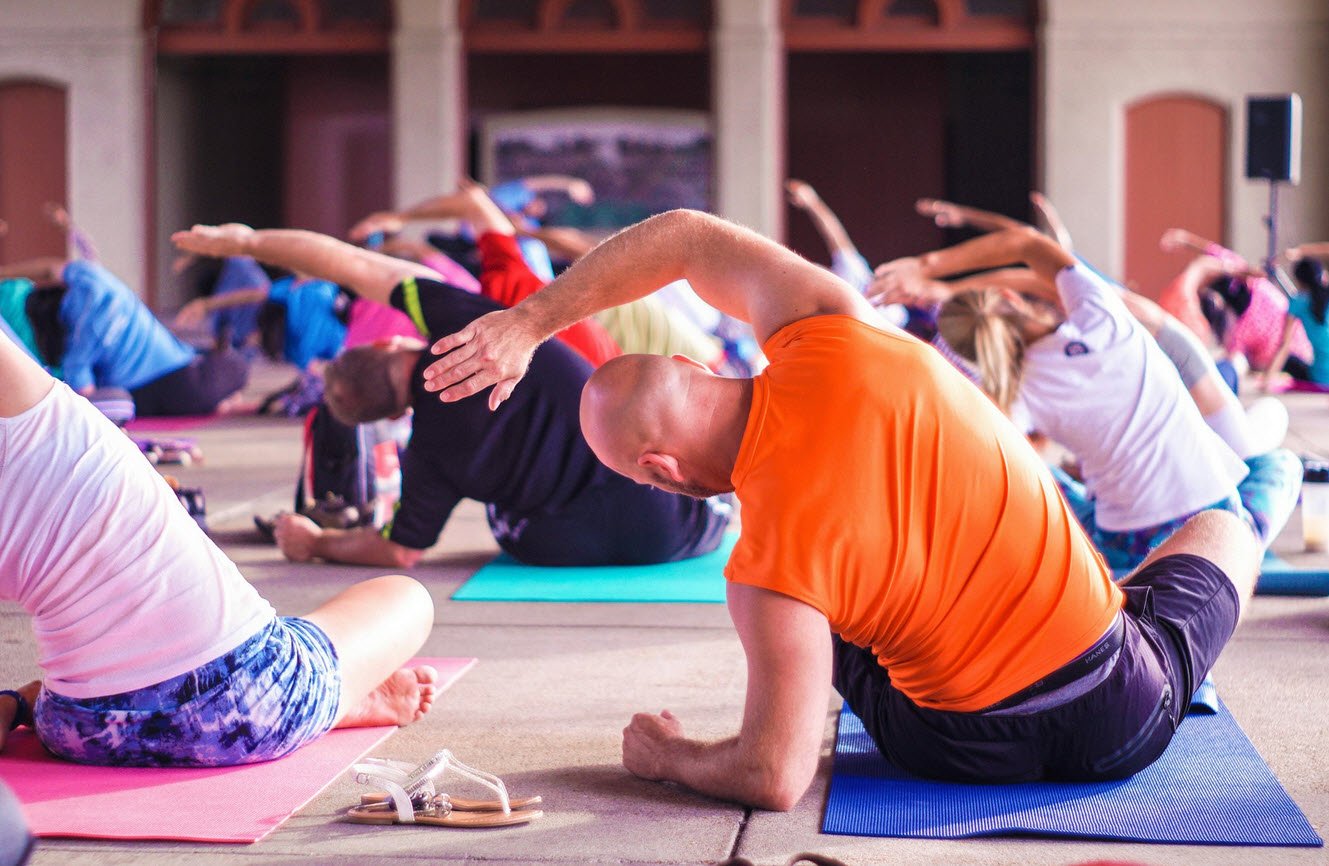
Have you ever heard the saying by Hippocrates, “Walking is a man’s best medicine?”
Walking combined with good sleep and a healthy diet can help you avoid the doctor altogether. As little as 15-30 minutes of walking every day can drastically improve not only a person’s overall appearance, but health as well.
Good old walking is a single practice which could significantly benefit the whole body and mind. It’s free, easy and requires little effort. Here is a list of benefits you can literally walk yourself into.
1. Positive brain changes
As a study reveals, low impact aerobic exercises, like walking, prevent early dementia, reduce the risk of Alzheimer’s disease, and improve overall mental health.
Not to mention reducing mental stress and maintaining a higher level of endorphins.
2. Improved eyesight
Even though eyes might seem like the last thing to be connected with the legs, walking actually benefits their health too. It may even help to fight glaucoma by relieving eye pressure.
3. Prevention of heart diseases
According to the American Heart Association, walking is no less effective than running when it comes to the prevention of heart-related disease or stroke. This activity helps avoid heart problems by lowering high blood pressure and cholesterol levels and improving blood circulation.
4. Increased lung volume
Walking is an aerobic exercise which increases oxygen flow in the bloodstream and helps train your lungs, as well as eliminate toxins and waste. Because of better and deeper breathing some symptoms associated with lung disease may also be relieved.
5. Beneficial effects on the pancreas
It might be hard to believe but walking for exercise turns out to be a much more effective tool in preventing diabetes than running. This research shows that a group of “walkers” demonstrated improvement in glucose tolerance almost 6 times greater (i.e. how well blood sugar is absorbed by cells) than that of a group of “runners,” over a 6 month trial period.
6. Improved digestion
30 minutes of walking every day could not only lower the risk of colon cancer in the future but improve our digestion and constipation by helping to regulate our bowel movements.
7. Toned muscles
Muscle tone and weight loss (in overweight cases) may also be achieved through walking. The practice of walking 10,000 steps a day may be counted as an actual workout in a gym, especially if you add some intervals or walking uphill.
Additionally, it’s low impact and there’s no recovery time, which means no sore muscles and regrets for missing tomorrow’s workout due to being too sore the next day.
8. Sturdier bones and joints
Walking can provide more joint mobility, prevent loss of bone mass, and even reduce risk of fractures. The Arthritis Foundation recommends walking moderately at least 30 minutes a day on a regular basis to reduce pain in your joints, along with stiffness and inflammation.
9. Back pain relief
Walking may become a real life-saver for those who experience back pain during more challenging highimpact exercises. Since it’s a low-impact
activity it won’t cause more pain or discomfort, like running or HIT would.
Walking contributes to better blood circulation within the spinal structures and improves posture and flexibility which is vital for a healthy spine.
10. A calmer mind (if it was an organ, to be sure)
If walking improves depression symptoms in patients with major depression disorders, just imagine how easily it could help us cope with feeling down or exhausted.
And a joyfull walk with a friend or a loved one will only multiply the happyeffect and improve your mood!








